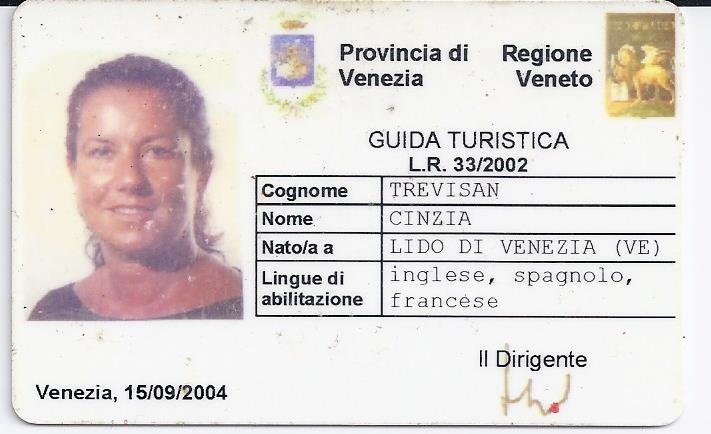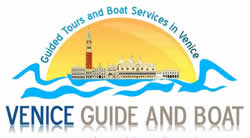Qualified Local Tourist Guides
When touring Italy you should hire Qualified Local Tourist Guides.
 Unqualified guiding is not permitted by the Italian Law. Therefore, when booking a local guide in any Italian city, it is your right to ask for evidence that he / she holds a license before closing any deal.
Unqualified guiding is not permitted by the Italian Law. Therefore, when booking a local guide in any Italian city, it is your right to ask for evidence that he / she holds a license before closing any deal.
Under present regulations in Italy, as in most European countries, there is no such thing as a “docent”, “lecturer”, “art historian” or “cultural association” to deal with when hiring the services of a local guide, either directly or through travel agents. Before showing any personal title or degree, guides must show that they are Qualified Local Tourist Guides first. Qualified Local Tourist Guides are the only professionals permitted to conduct tours in all sites and museums of an Italian city.
To become Qualified Local Tourist Guides in Italy – like in several EU countries – candidates must pass an examination given by the local public tourist authorities to assess and test their knowledge of the city in terms of its history and geography, its art and architecture, its museums and art galleries, churches, its environs and cultural features.
As part of the requirements, candidates must also prove their knowledge of each of the foreign languages they applied for with oral and written tests. Qualified Local Tourist Guides provide a professional service to visitors: they act fairly in all dealings with all those who engage their services together with their colleagues, tourist services purveyors, local tourist boards and cultural insitutions. They protect the reputation of tourism in their own area of operation by taking all steps to ensure that their clients treat the environment, wildlife, sites and monuments and the local customs with respect.
Qualified Local Tourist Guides are ready to share with visitors reliable up-to-date information on all aspects of the local life that may be of any importance to them such as temporary exhibits, food & drink tips, markets, public transport, major events, and local venues.
VGB Blog
Leonardo Loredan: Venice’s Shrewd Strategist at the Basilica of Saints John and Paul
When Leonardo Loredan became Doge in 1501, Venice was teetering on the edge of great peril. During his twenty-year rule, he masterfully navigated the Republic through the turbulent League of Cambrai—an alliance of France, the Pope, the Holy Roman Empire, and others designed to crush Venetian power. Despite early defeats, Loredan’s political skill and diplomacy […]
Santorio Santorio: The Venetian Pioneer of Modern Medicine at the Marciana Library
Santorio Santorio (1561–1636), a Venetian physician and inventor, profoundly shaped modern medical science. He pioneered the use of the pulsilogium, a pendulum-based instrument that precisely measured the pulse—an innovation built on Galileo’s laws of motion. Through quantifying human vitals, Santorio transformed medical observation into a scientific practice
Regata Storica 2025: Venice’s Epic Water Parade and Rowing Spectacle
On Sunday, September 7, 2025, Venice will once again host the Regata Storica, its iconic historical regatta along the Grand Canal. This annual event, held on the first Sunday of September, is a living echo of Venice’s maritime and civic grandeur—rich in history, pageantry, and fierce competition.
Venice Film Festival 2025: A Journey Through Cinema and the Magic of Venice
Every year, late summer in Venice transforms into something extraordinary. From August 27 to September 6, 2025, the Venice International Film Festival returns to the Lido, drawing filmmakers, actors, and cinema lovers from around the world. Now in its 82nd edition, it remains one of the most prestigious film festivals in the world—where cinematic history […]


